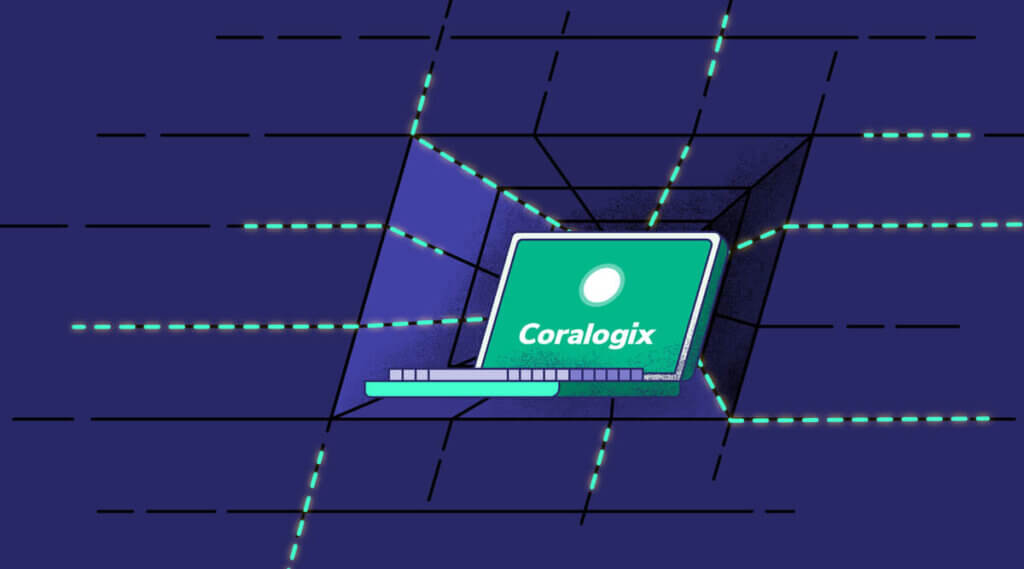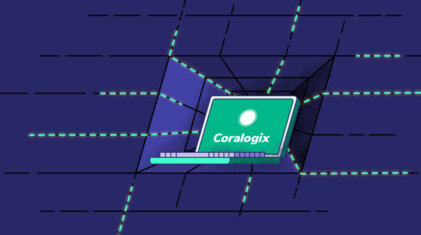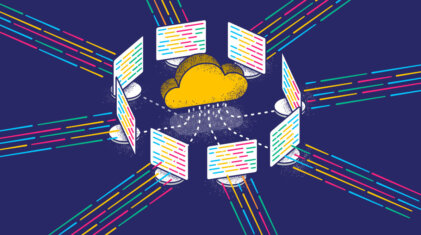4 Killer Coralogix Tracing Features
Tracing is often the last thought in any observability strategy. While engineers prioritize logs and metrics, tracing is truly the hallmark of a mature observability platform,…
Whether you are just starting your observability journey or already are an expert, our courses will help advance your knowledge and practical skills.
Expert insight, best practices and information on everything related to Observability issues, trends and solutions.
Explore our guides on a broad range of observability related topics.


While more observability vendors are providing tracing ingestion and visualization as part of their core service, only Coralogix, the leading in-stream observability platform, supports a set of data optimization features that drive down cost, maximize insights and create a scalable tracing strategy unlike others.
Traces are designed to track details about every single interaction between all services in a system. Even at a small scale, there is an explosion in data volumes that directly impacts three crucial features of any observability solution:
As data volumes outpace budgets, cost, performance and usability have become widespread issues within the industry. And most vendors are not providing cost optimization tools because their business model is predicated on wasteful data usage. At Coralogix, thanks to our Streama© architecture we can actively encourage our users to optimize cost at every opportunity.

With Coralogix, traces can now be routed and assigned to three different use cases to enable fine-grained control over how that data is processed, and drive significant ingestion and retention discounts for data:
Previously, customers were required to index all of their traces. Now, they can decide which traces will and won’t be indexed. In addition, every feature is still accessible without indexing and users will not need to exchange valuable insights for cost.
Using Coralogix TCO Optimizer, users can rapidly scale their tracing strategy, by retaining the traces they absolutely need. For the other traces, these can be converted into metrics using the Events2Metrics feature, enabling long-term retention, instant access and flexible analysis. Finally, traces can be archived, reindexed or directly queried, even without indexing. These options enable Coralogix users to greatly increase their dataset of tracing data, without incurring significant costs.
Coralogix now supports an often overlooked use case: historical tracing. Customers can retain detailed information about their service-to-service interactions in their S3 bucket, for as long as they like, without suffering under the performance, cost and usability penalties of the past. Historical tracing, coupled with Coralogix Remote Query, means that data is not only retained, but instantly accessible, without the need to reindex.
The Coralogix Archive, for both logs and traces, is not simply a storage container for unindexed data, but an active, working part of the customer’s dataset, driving informed decisions and producing insights well after data is ingested. Your tracing platform should be scalable and cost efficient, with native integrations into your favorite open source tools.

Tracing is often the last thought in any observability strategy. While engineers prioritize logs and metrics, tracing is truly the hallmark of a mature observability platform,…

The Internet of Things (IoT) has quickly become a huge part of how people live, communicate and do business. All kinds of everyday things make up…

Have you ever tried to find a bug in a multi-layered architecture? Although this might sound like a simple enough task, it can quickly become a…
